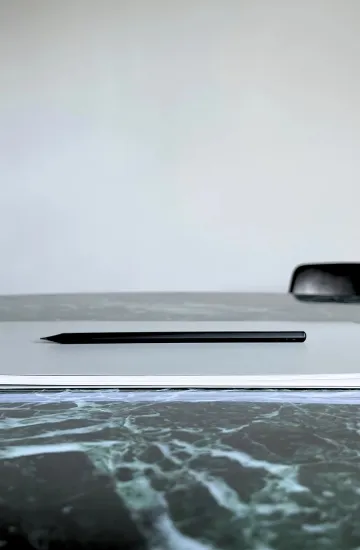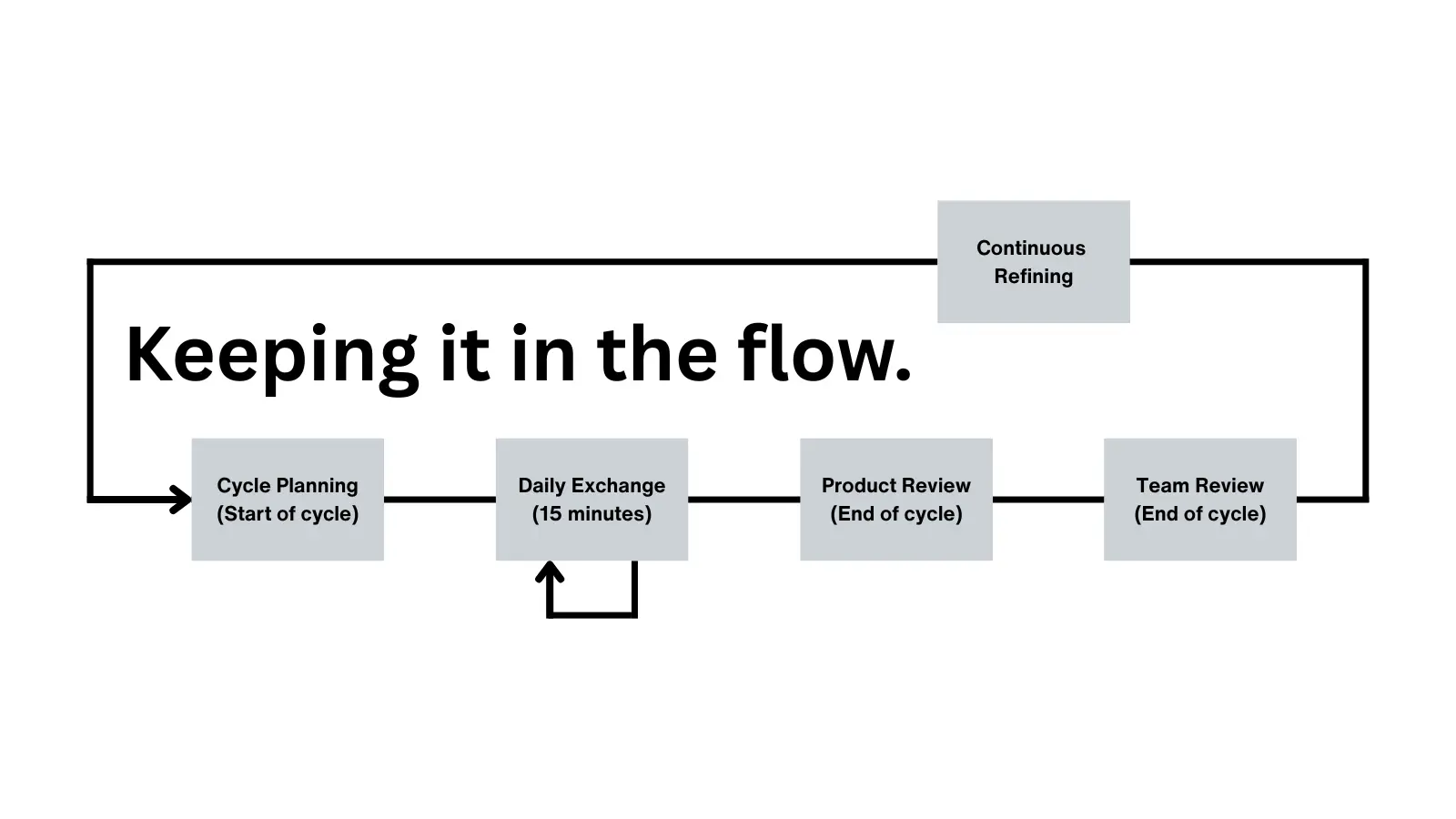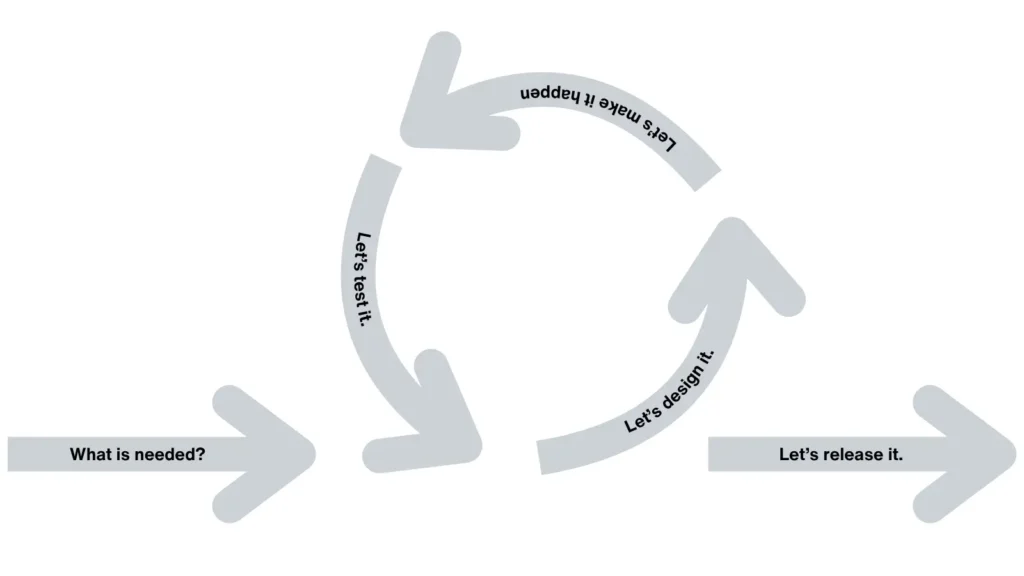Who this supports: from first assistant to full-scale practice
Artists engage us at all stages—because something isn’t flowing the way it should. Sometimes it’s growth. Sometimes it’s burnout. Sometimes it’s just the sense that things could run more efficiently. Our system adapts to where you are and what your practice demands.
Some artists are hiring their first assistant and need a structure for managing artist assistants effectively. Others are leading a growing team, multiple exhibitions, and complex production schedules—and feeling stretched too thin. Many are somewhere in between, trying to maintain momentum without getting buried in emails, questions, or last-minute scrambles.
This isn’t about becoming corporate. It’s about gaining visibility into your operations, setting clear priorities, and minimizing redundant communication and daily oversight. This is project management for artists, without the jargon.
We help you build studio systems that match the size and shape of your practice—not someone else’s. That might mean setting up a shared digital board, organizing weekly team syncs, or helping freelance assistants step in without friction.
Sometimes, the system isn’t the only issue—it’s how the space is set up. When the layout itself creates drag, a functional studio design can help align the space with the workflow. These two approaches often work best together. The goal is the same: operational structure that protects your time and creative focus.



